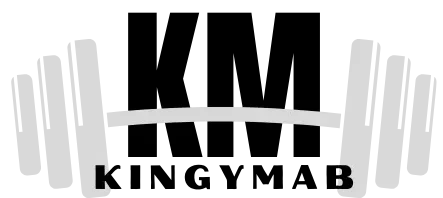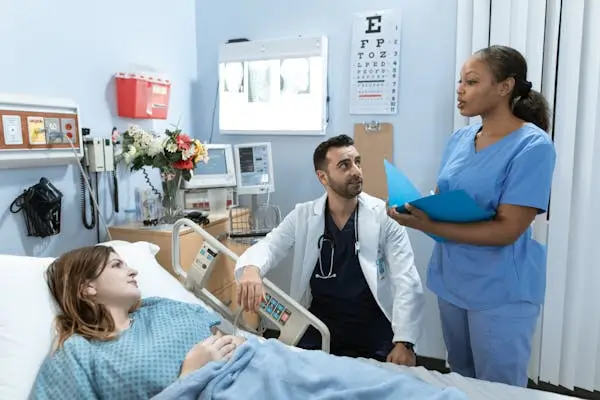The productivity on a hospital ward is critical in ensuring patients receive the best care in a timely manner. Without adequate efficiency, the hospital would not run smoothly, and this could see patient beds beginning to build up in corridors. This should be avoided at all costs, as it could cause the spread of illness and further complications.
To ensure this does not happen, the hospital staff should work to increase productivity on the ward. There are many ways to achieve this, but three of the best methods have been outlined in this post. With this information, the ward will be better prepared to deal with high demand and provide the best healthcare possible.
Design Wards for Efficiency
Wards are busy areas. They need to have enough room for hospital staff to move around freely, transporting medical equipment, and accessing patients. This is especially critical in emergencies. Three of the main considerations to keep in mind are the overall layout, lighting, and storage. All three of these aspects can impact the movement of everyone and everything in the ward.
Most of the furniture in the wards should be chosen because it is lightweight. This, particularly storage for medical supplies, should be located strategically to enable quick access and treatment of patients. The ward should be designed to allow this equipment to be placed where it is used most often.
However, even if the wards have already been designed, the use of mobile equipment can enable modifications. For example, the InnerSpace anesthesia cart comes with wheels to ensure it can be moved around the ward easily when necessary. The inclusion of wheels on this cart is useful if nurses, doctors, or other hospital staff need to transport supplies from one ward to another.
Ensure Room Layouts are Convenient
The layout of patient rooms should be created for comfort as well as convenience. After all, the layout will help to streamline staff workflows as well as assist patient recovery rates. Most hospitals prefer the furniture to be placed in C or U shapes in the patient rooms, especially in ICU wards. This allows hospital staff to observe all patients in a quick and effortless fashion, which is useful when a few nurses are working in the ward at night.
To enhance this, the rooms should be divided into three main zones:
- Staff stations at the front of the room for increased efficiency.
- Patient zones in the center of the room.
- Visitor seating at the back of the room.
How the furniture is placed in the room is also important. It does not help if there are a lot of hurdles to get over when helping patients, so walkways should be kept clear around patient beds at all times. This can be difficult when patients are in the hospital long-term, with additional belongings and such, but this is essential for everyone’s safety and staff productivity.
Improve Communication Between Staff
After looking at the way the hospital staff currently communicate, there might be ways to improve. This will help to ensure tasks are completed quicker and more effectively, while stopping any confusion that could occur from unclear instructions and handovers. In fact, one of the areas to enhance communication is at shift changes. There must be a clear method for staff to relay information to their coworkers before they leave the hospital at the end of their shifts.
Additionally, offering hospital workers training courses on communication can be effective in improving productivity. This might include sharing patient information on a glass board within the ward, which will often use visuals and graphics; it is vital to know how to communicate with coworkers through this method, especially when a team of hospital staff are working separately to treat a single patient.
By using the three tips listed in this post, the hospital ward will benefit from improved productivity. This is essential to ensure patients receive effective care and keep the hospital running smoothly.


